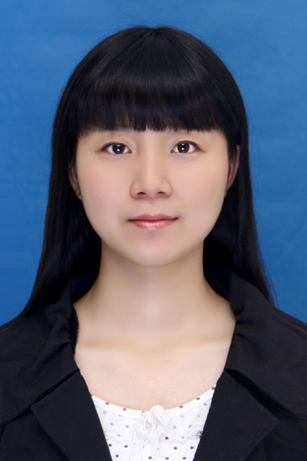A research group from NC State University’s Department of Mechanical and Aerospace Engineering recently published new research on the optimization of pediatric exoskeletons Mechatronics, a prestigious research journal in the field.
 The paper, titled “Actuator optimization and deep learning-based control of pediatric knee exoskeleton for community-based mobility assistance,” was written by researchers at the Biomechatronics and Intelligent Robotics Lab (BIRO), led by MAE Associate professor Hao Su. The first author on the paper is Sainan (Selena) Zhang, who was formerly a doctoral student supervised by Su and now works in his lab as a postdoctoral researcher.
The paper, titled “Actuator optimization and deep learning-based control of pediatric knee exoskeleton for community-based mobility assistance,” was written by researchers at the Biomechatronics and Intelligent Robotics Lab (BIRO), led by MAE Associate professor Hao Su. The first author on the paper is Sainan (Selena) Zhang, who was formerly a doctoral student supervised by Su and now works in his lab as a postdoctoral researcher.
“This work is collaborated with Dr. Thomas Bulea who is currently a staff scientist at the National Institutes of Health (NIH) Clinical Center,” Zhang said. “Our study focuses on optimizing actuators and deploying deep learning-based control strategies in pediatric knee exoskeletons, with the aim of advancing community-based mobility assistance for children.”
According to the paper’s abstract, the researcher’s goal was to develop “actuator optimization framework that identified the optimal design parameters for both motor and transmission while minimizing the actuator mass and satisfying the output torque, speed, bandwidth, and resistance torque requirements.”
The ultimate goal of this research is to expand the use of pediatric skeletons from clinical use to community use, such as in patients homes or in public. Currently, most pediatric skeletons are either tethered or cumbersome, and their design is often not optimized across a range of environments and users.
With these parameters, the researchers customized a simple, lightweight actuator that met all mechatronic constraints for the lab’s portable exoskeleton, and adopted deep learning based on gait phase estimation to facilitate stable control for community use.
Testing resulted in estimated the gait phase of irregular walking patterns with an accuracy of 94.60%, and demonstrated an elevated ability to adapt to the irregular gait patterns of the child with cerebral palsy.
Additionally, a child with typical development and four healthy adults demonstrated accurate assistive torque tracking performance at different walking speeds with an accuracy of 97.00%.
With these results, the team has developed a holistic solution to assist in the the paradigm shift of pediatric exoskeletons from clinic to community setting while including both hardware innovation with the actuator optimization framework and software innovation with deep learning-based control.
To see a demonstration on the teams research, click here.
- S. Zhang, J. Zhu, T.-H. Huang, S. Yu, J. S. Huang, I. Lopez-Sanchez, T. Devine, M. Abdelhady, M. Zheng, T. C. Bulea, and H. Su, “Actuator optimization and deep learning-based control of pediatric knee exoskeleton for community-based mobility assistance,” Mechatronics, vol. 97, p. 103109, Feb. 2024.
